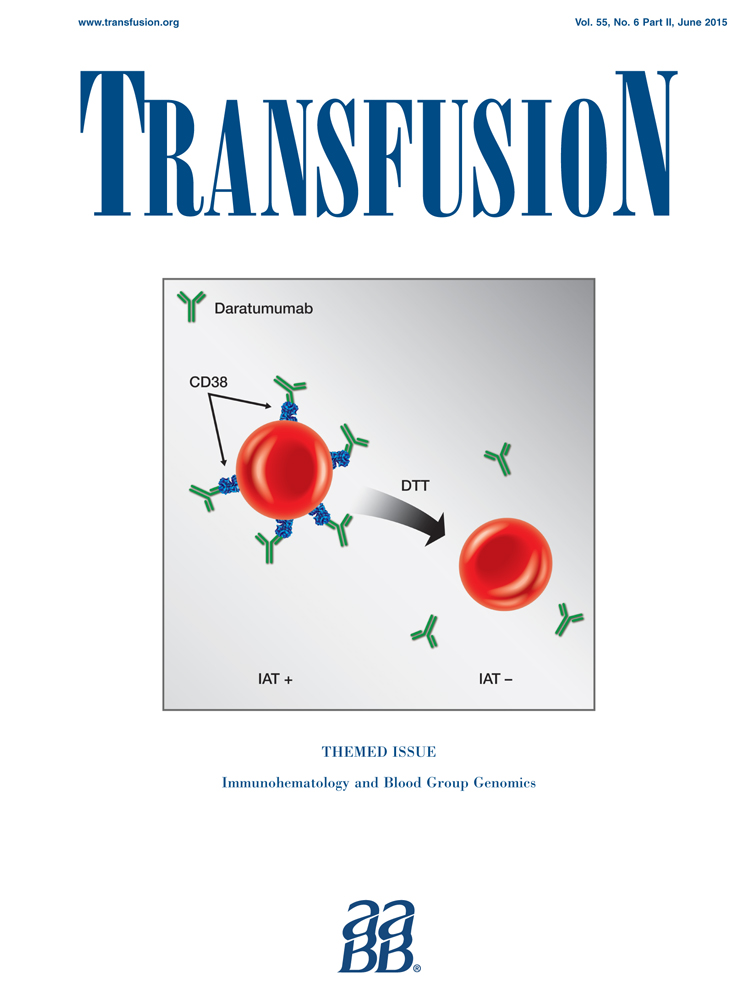Training students in serologic reaction grading increased perceptions of self-efficacy and ability to recognize serologic reactions but decreased grading accuracy
Abstract
Background
The ability to recognize and grade serologic reactions in manual techniques remains an important skill both for reference laboratories and in disaster-relocated laboratory services. Developing skills in recognizing and grading serologic reactions is limited to some extent by the range of samples available.
Study Design And Methods
Twenty-six students studying transfusion science were presented with blinded grading panels consisting of mixes of natural cells and kodecytes (natural cells modified with synthetic blood group antigens) representing a range of serologic grades. Results from 15-minute exercises over 17 contact weeks were assessed to determine if training with grading panels would have an impact on the ability of students to recognize and correctly grade serologic reactions. Twenty-one clinically active practitioners also took part in a single analysis.
Results
Grading exercises found that the use of kodecytes and natural negative cells were able to identify deficiencies in both students' and practitioners' ability to recognize negative and grade serologic reactions. The seventeen 15-minute exercises undertaken with students revealed that although there was some improvement in performance in recognizing positive and negative serologic reactions there was also a degradation in ability to accurately grade. Self-assessment showed a major improvement in students' self-efficacy.
Conclusions
The use of serologic grading panels created with kodecytes was suitable as a tool to recognize and monitor serologic grading abilities. Evidence suggests that for both students and practitioners to gain and sustain competency in serologic reaction recognition and grading, they will require ongoing training and monitoring of competence.




